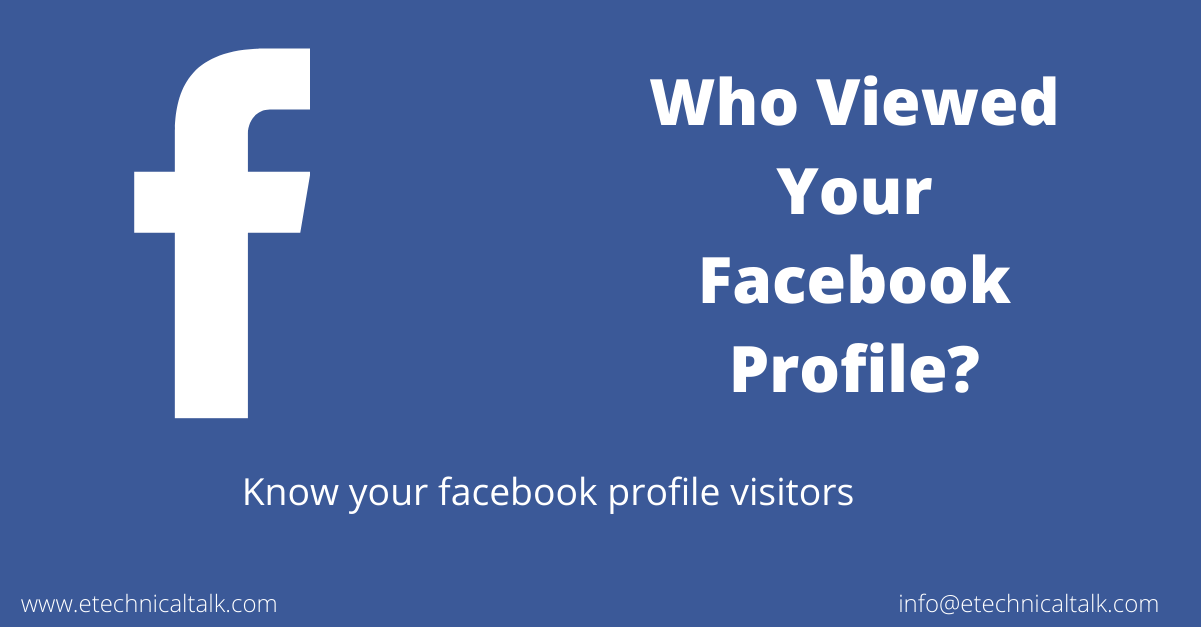In the fast-paced realm of technology, the bridge between innovation and its stakeholders hinges on clear, accessible communication. For IT professionals, the challenge often lies in articulating the complexity of their work in a way that resonates with non-technical audiences.
This etechnicaltalk.com guide presents actionable strategies for simplifying technical dialogue, enhancing understanding, and fostering meaningful connections across various organizational domains. By adopting these approaches, you’ll elevate your communication and underline the value of your contributions in a universally understandable manner.
Know Your Audience
The first step toward effective communication is understanding who you’re talking to. Take the time to research your audience’s background, knowledge, and interests. This insight lets you craft messages that speak directly to their concerns and curiosities, making complex IT concepts more approachable. Whether you’re presenting to a room of executives or drafting an email to a non-technical department, adjusting your language and examples to fit their level of understanding can make all the difference.
Simplify Your Language
When discussing technical matters, the instinct might be to use industry jargon and acronyms, but these can alienate or confuse your audience. Instead, strive to explain IT concepts using simple, everyday language. If you must use technical terms, take a moment to define them in a way that’s easy to grasp. This practice ensures that your message remains accessible, fostering a better understanding and appreciation of the subject matter.
Leverage Online Learning for Clarity
Your journey to demystify IT concepts hinges on continual learning. Consider this option: pursue online degrees or courses in cybersecurity to broaden your expertise in protecting networks and computers, and gather practical examples. This approach allows you to enhance communication with current, relatable insights while maintaining professional commitments. Also, the flexibility of online studying means you can maintain your work and personal commitments.
Utilize Everyday Analogies
One of the most effective ways to convey complex IT concepts is by drawing parallels to everyday experiences. By likening IT processes to familiar tasks or objects, you make the information more relatable and easier to comprehend. This technique breaks down barriers to understanding and can illuminate the significance of technical work in a way that resonates on a personal level with your audience.
Craft Messages with Precision
A deeper dive into your audience’s preferences and interests enables you to tailor your communications with precision. This means going beyond generalities to deliver messages that are directly relevant and engaging. By understanding the specific needs and challenges faced by your stakeholders, you can highlight the aspects of your work that align most closely with their goals, fostering a stronger connection and response.
Visualize Your Points
Visual aids like charts, graphs, diagrams, and infographics can transform the way you present complex data or processes. These tools offer a visual shorthand that can make intricate details more digestible and engaging. By incorporating visual elements into your communications, you provide an alternative pathway to understanding, which can appeal to those who might find visual information more accessible than verbal explanations.
Narrate Your Achievements
Frame your technical accomplishments as compelling narratives. By telling the story of a project — including the challenges faced, the solutions implemented, and the results achieved — you create a relatable context for your audience. This storytelling approach helps non-technical stakeholders appreciate IT initiatives’ journey and impact, bridging the gap between technical complexity and real-world outcomes.
Highlight Relevant Metrics
Finally, use Key Performance Indicators (KPIs) and other metrics to articulate the success of your projects in terms that matter to your audience. By focusing on outcomes demonstrating clear value, you can make a more persuasive case for the significance of IT endeavors. This approach translates the abstract into the tangible, making it easier for non-technical stakeholders to understand and appreciate the IT department’s contributions.
Wrapping Up
The ability to communicate technical information in an accessible manner is a key skill for IT professionals. By understanding your audience, simplifying your language, employing analogies, utilizing visual aids, tailoring your messages, and highlighting relevant metrics, you can forge stronger connections and foster a greater appreciation for the role of technology in achieving organizational goals. Through these strategies, IT experts can enhance their impact, driving innovation and collaboration across all levels of their organization.
If you enjoyed this article, you can find more helpful content at etechnicaltalk.com!














